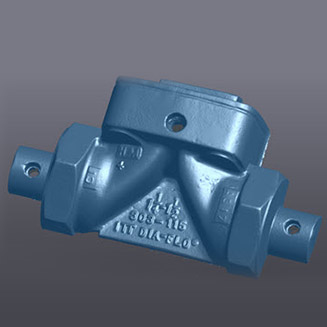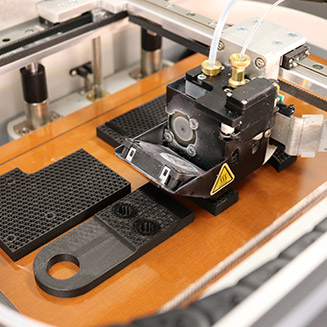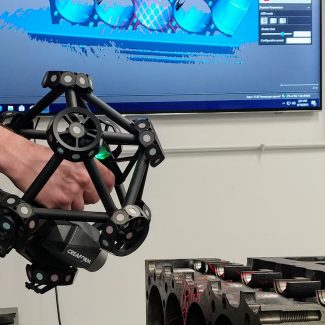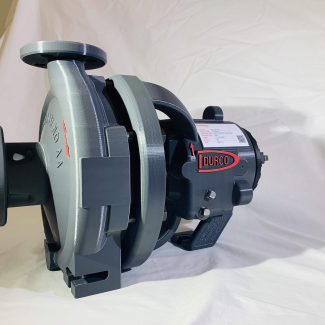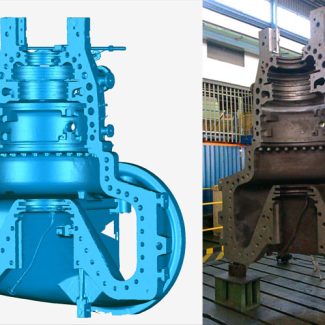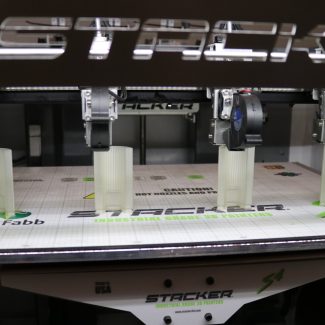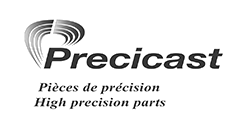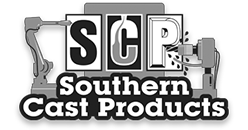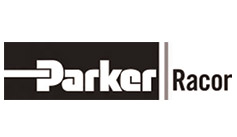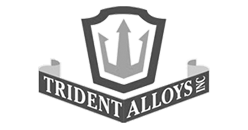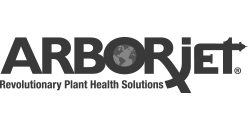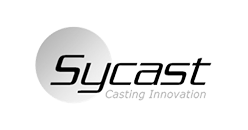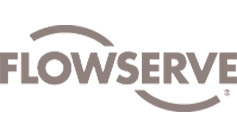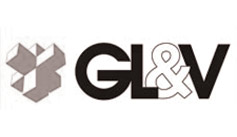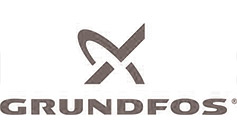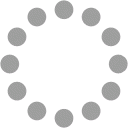At Celero Partners, our clients’ needs and satisfaction are our priority. We specialize in product design and development. To best meet your needs, we focus on product cost, manufacturability, and how products will fit into the market. A crucial part of product development that cannot be overlooked is user feedback. Here’s what you should know:
Understanding Pain Points
Pain points are areas that users find difficult or frustrating. During product development, it’s important to listen to the pain points that users have when interacting with a product. Creating a successful product means meeting the users’ needs and expectations. Using user feedback helps to eliminate decision-making and options that aren’t a good fit. When pain points are taken into consideration, the quality and usefulness of the product goes up. User feedback can be helpful in the areas of usability, customer service, and pricing.
Understanding and adjusting products through listening to user feedback helps us to create better products that perform better in the market. At celero, our goal is to help you create high-quality products that will do well in the market and lead to your success.
Increasing Customer Loyalty
Users of products want to feel seen and heard. By understanding the user’s needs, we can improve product development by focusing on what matters to them. There is no second-guessing because they’ve told us exactly what they want. Taking the user’s feedback into consideration and implementing changes to the products creates customers that are more likely to be loyal. Building trust is an important part of increasing customer loyalty.
Communication plays a large role in customer loyalty. It’s one thing to read the feedback given by users and implement it, but communicating with the users will take it to another level. You want users to know you are paying attention and that their time and feedback matters. By creating a line of communication, customer loyalty goes up.
We also offer free initial project consultations that help us get to know you and your needs better.
Generating New Ideas
User feedback not only helps us improve on one customer’s product. We can use the information we get to create new functionalities, features, and brand-new products. Customer feedback is one of the best tools we must improve the overall performance. We are always open to learning and implementing the tools that will provide our customers with what they deserve – the best products.
Staying ahead of the curve is important. We keep up with industry trends and offer the latest technologies to ensure our products remain relevant. By combining the latest technologies and the feedback from our clients, we know we have a winning combination.
User feedback is an important part of business. At Celero Partners, we understand that customers come first. Our goal is to provide the best products possible that align with customer preferences as well as the needs of the market.

